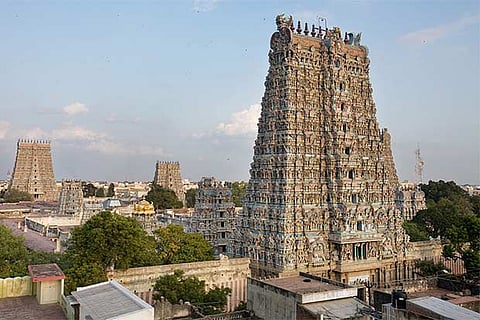Opinion: Tourists need to be more aware and follow rules
Chennai
In some places, a ban on plastic has been successfully practised, like the Nilgiris Biosphere. It is a welcome move to ban polythene in and around monuments across the country. This ban, if implemented properly, can have a positive effect. However, to achieve that would be a ‘monumental’ task.
The ban will be difficult to enforce in monuments, which receive tourists in large numbers. In monuments like Taj Mahal and closer to home, Mamallapuram and Madurai Meenakshi Amman Temple, crowd control is a huge problem. In such scenario, how far will the authorities be able to monitor the entry of polythene bags into the premises? In a tropical country like India, what about the water bottles, soft drink cans and the fruit juices packaged in colourful non-biodegradable carton materials? Apart from the monument, the surrounding environment — pathways and parking areas — should also be free of litter. Apart from littering, crowds also lead to multiple problems. First of all, there is a law and order issue due to unruly behaviour. Crowds, if not properly regulated, can cause pollution. In spots like Ajantha and Ellora caves and a few other places in South India, where there are old paintings and sculptures, often in a fragile condition, hordes of tourists bring in a lot of carbon dioxide, which can affect the art, especially the murals, in the long run.
Why photography is banned
Another problem is the defacement of the monuments through graffiti or scribbling. In this digital era, flash photography is difficult to control. Flash light is detrimental to ancient wall paintings. In most cases, tourists don’t understand why flash photography is prohibited.
Imagine hundreds of tourists taking thousands of photos in a day and this keeps happening every single day of the year. To tackle this complex problem, some monuments have made photographs of the buildings and the sculptures and paintings available in print or online. In some monuments and sites, photography is strictly prohibited while in other monuments, flash photography alone is not permitted.
The most problematic tourists are not the international travellers but the domestic visitors. Many domestic tourists are unaware of the rules. Education and sensitisation needs to be undertaken to ensure visitors strictly yet willingly follow the rules that are meant to safeguard our precious edifices. Following rules will not reduce your experience of a monument but will ensure that the heritage structure stays on for generations, both present and future.
— The writer is the Tamil Nadu State Convener, INTACH
Visit news.dtnext.in to explore our interactive epaper!
Download the DT Next app for more exciting features!
Click here for iOS
Click here for Android

